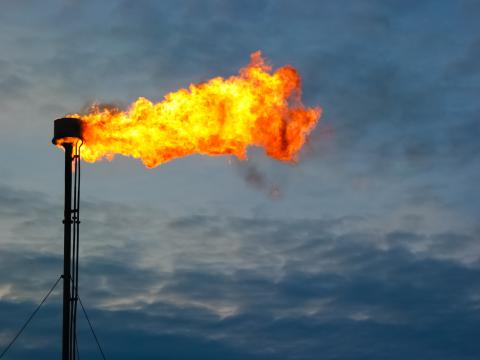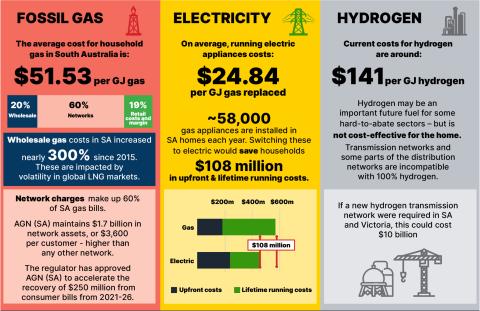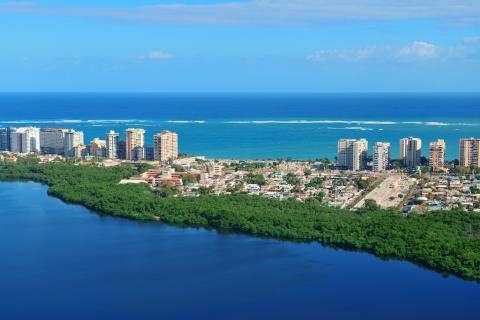‘A Constellation of Risks’ on Tar Sands; Press Notes on IEEFA’s Galilee Coal Report; More on Prairie State-Paducah
IEEFA HOLDS A PRESS CONFERENCE TOMORROW in conjunction with its release of a report describing how Canadian tar sand oil production is threatened by a “growing constellation of risks.”
The report, done in partnership with Oil Change International, is titled “Material Risks: How Public Accountability Is Slowing Tar Sands Development,” and comes out at 11 a.m. It will be posted here. The report presents market analysis and industry data to support estimates on lost sales revenue to the tar sands industry as public opposition creates delays and project cancellations. The report also describes other market forces that are putting tar sand developers at a growing disadvantage.
More detail, including the speaker lineup, is posted here.
(Dial-in: 1-866-952-7525; Passcode: TARSANDS)
IEEFA’S REPORT LAST WEEK DETAILING THE FINANCING HURDLES FACING the development of greenfield coal deposits in the Galilee Basin has drawn notable attention.
Writing for SNL, Rohan Somwanshi cites the IEEFA research, which sees the coal projects as being “highly unlikely” to proceed without the support of the four major banks in Australia, plus support from other leading global investment banks.
“Export-import banks, such as the Korean Export-Import Bank, could be material players, but they could get involved only if there is a clear strategic national benefit, IEEFA said, adding that the financial close for coal development in the Galilee Basin ‘remains a long way off.”’
Additional excerpts:
“The huge scale, greenfield nature and foreign ownership of the two projects combine to create an ‘almost unprecedented level of financial complexity and risk,’ IEEFA said. Additionally, the global climate change implications of opening up one of the world’s largest undeveloped coal resources adds to the risk profile.”
“The country’s four largest banks — Commonwealth Bank, Westpac, ANZ Bank and National Australia Bank — are ‘critically important’ to the financing of the multibillion-dollar projects and that international loan syndication would be ‘crucial to success.’”
“In related news, the chief executive of Australian freight company Aurizon Holdings Ltd. said its planned expansion into Queensland’s Galilee Basin may not start for several years due to weaker thermal coal prices.”
Here’s the full SNL article (subscription required).
The IEEFA report is written up substantially also by World Coal magazine (here), by Australian Mining (here), and by Renew Economy (here), among others.
SEPARATELY, THE SYDNEY MORNING HERALD HAS AURIZON CEO Lance Hockridge warning that “the company’s planned expansion into Queensland’s Galilee Basin will not start for several years due to weak thermal coal prices.”
The article notes that coal prices have halved to about $US75 recently from about $US140 in early 2011.
Excerpts from the Sun:
“’The reality is the go-ahead for the Galilee will be some years down the track,’” Mr. Hockridge said at an investor briefing that outlined more than $2 billion in capital spending to boost returns over the next few years.”
“Although Aurizon remained ‘bullish’ on the long-term fundamentals of the thermal coal market, the company did not believe the current pricing environment was [going to be a trigger’ for its Galilee project with Indian group GVK Hancock, Mr Hockridge said.”
THE PADUCAH SUN HAS DEEP DETAIL THIS MORNING FROM AN IEEFA REPORT just posted that sees ratepayers in the small Kentucky city paying $150 million than market rates over the next 10 years because of their onerous contract with Prairie State Energy Campus.
The report, by David Schlissel, notes that the arrangement cost Paducah ratepayers $40 million from January 2013 to August of this year above and beyond what they could have been paying.
Here’s the full article (subscription required).
Excerpts:
“The two major reasons why the cost of power from Prairie State has been so expensive is the debt service costs associated with KMPA’s (Kentucky Municipal Power Agency, a joint municipal power agency composed of the Paducah and Princeton utilities) 7.82 percent ownership share of the approximately $5 billion costs to build Prairie State and the plant’s poor operating performance since it began operating in 2012.”
“Schlissel said the $150 million figure over the next 10 years is based on comparing the projected cost for Prairie State power at the owners’ forecasted 82.2 percent capacity and the projected costs of purchasing capacity and energy from the wholesale market using a forward pricing process that projects the costs of power over the next several years.”
“Mark Crisson, Paducah Power’s interim general manager, could not comment on the specifics of the report since he has not seen it. ‘I doubt anybody can accurately forecast what the prices are going to be in the future,’ Crisson said.”
— Karl Cates
[email protected]
Twitter @ieefa_institute











